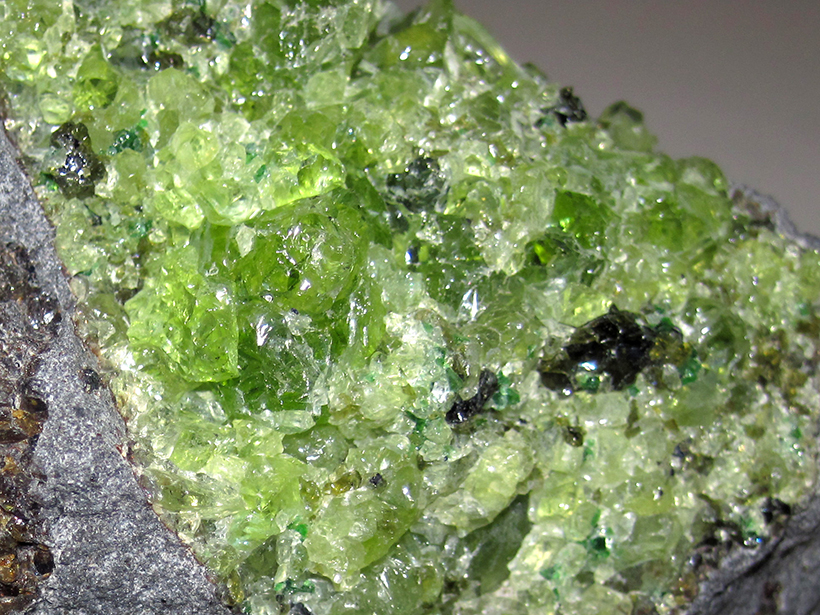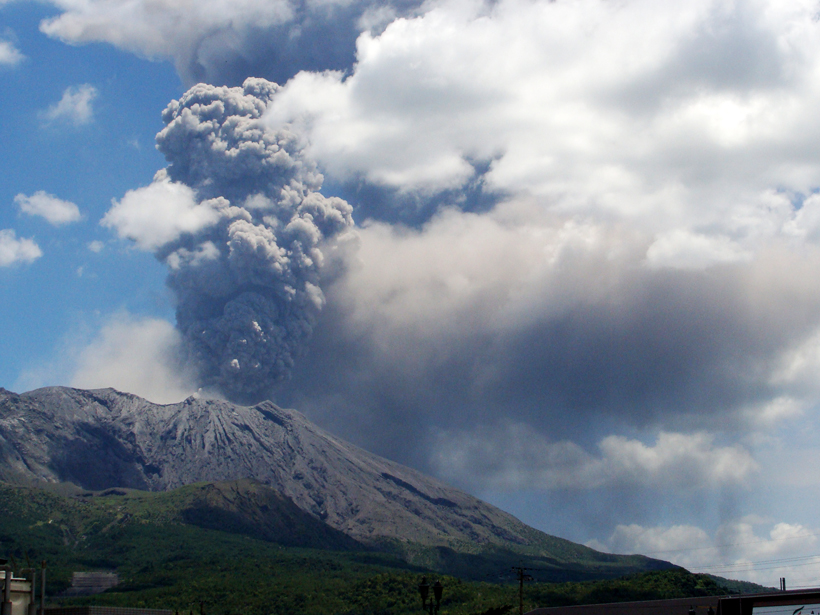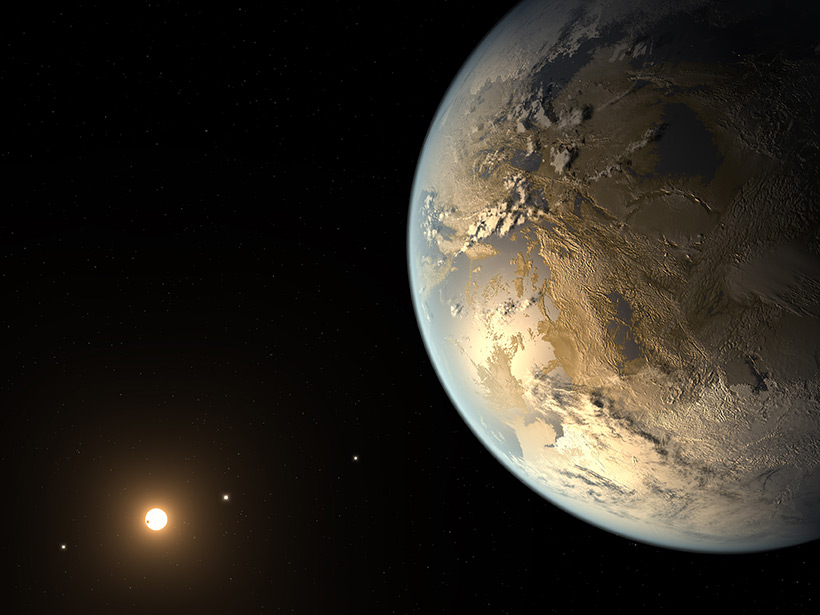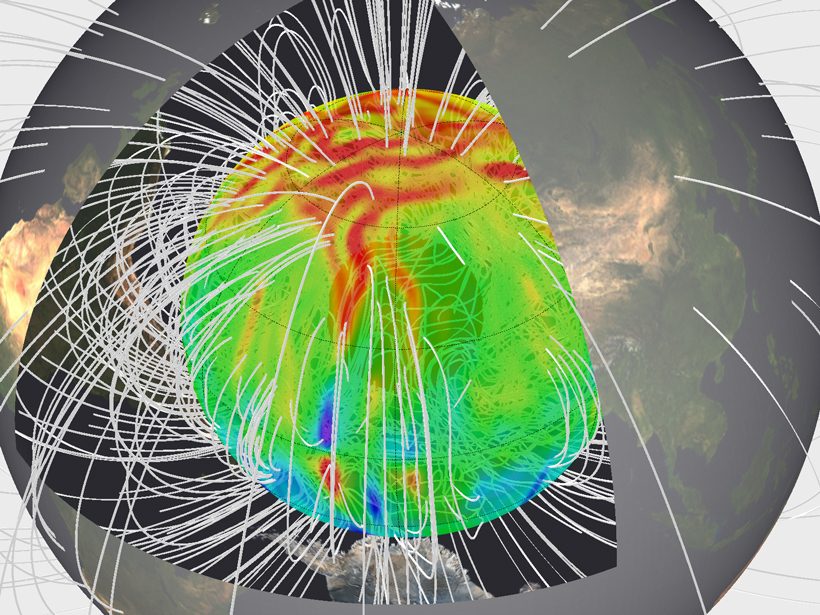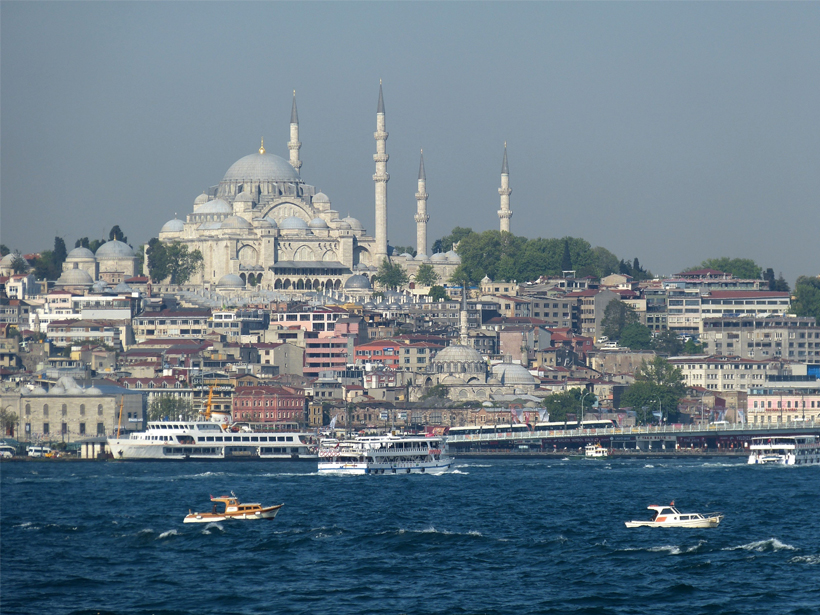Many seismic wave models are based on an erroneous assumption about the Earth's interior. A new technique corrects this by eliminating false signals produced by models.
Geochemistry, Geophysics, Geosystems
Revising the Displacement History of New Zealand's Alpine Fault
A reinterpretation of structural and paleomagnetic data suggests that New Zealand's Alpine Fault accommodates a far greater percentage of geologically recent plate motion than previously thought.
A New Tool to Better Forecast Volcanic Unrest
In a retrospective study of volcanic unrest at Indonesia's Kawah Ijen, a new model was able to pick up on the rising probability of eruption 2 months before authorities were aware of the risk.
Japan's Volcanic History, Hidden Under the Sea
Scientists investigate marine tephra layers for clues to Japan's volcanic past.
Becoming Habitable in the Habitable Zone
Scientists explore how interactions between a rocky planet's climate, mantle, and core can affect its evolution and determine whether it could sustain life.
The Role of Water in Earth's Tectonic Plumbing Systems
Tidal forces act on well water around the San Andreas Fault, giving researchers a new window into the hydrogeological structure of fault zones.
Frontiers in Geosystems: Solving the Puzzles
Putting some publishing action into deep Earth-surface interactions
Variable Mantle Lies Below Ancient Pieces of Earth's Crust
Underneath old and stable pieces of Earth's crust in North America, the mantle's uppermost portion contains multiple layers that change the velocities of seismic waves.
Which Geodynamo Models Will Work Best on Next-Gen Computers?
A new study uses identical tests to evaluate the accuracy and performance of current models of Earth's magnetic field, then extrapolates the results to anticipated "petascale" supercomputers.
Characterizing the Fault Beneath the Marmara Sea
Researchers mine seismic wave data to elucidate the stress relief system of the Main Marmara Fault beneath Turkey's inland sea.

